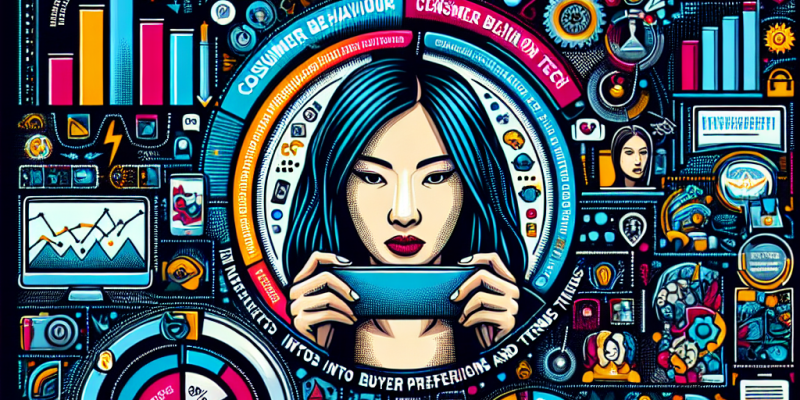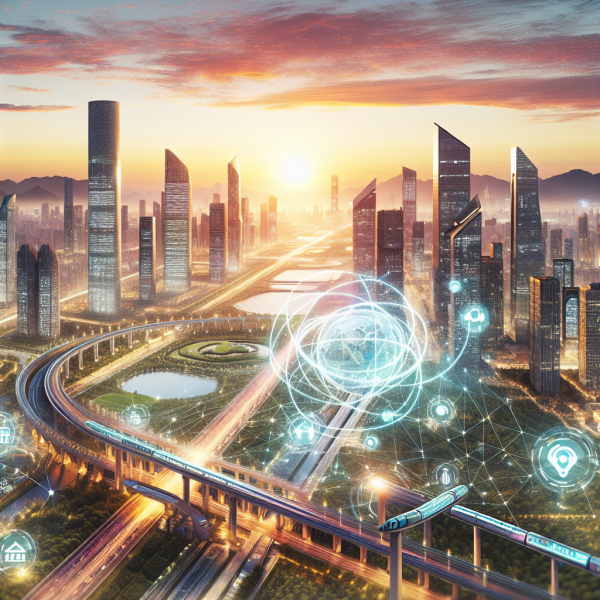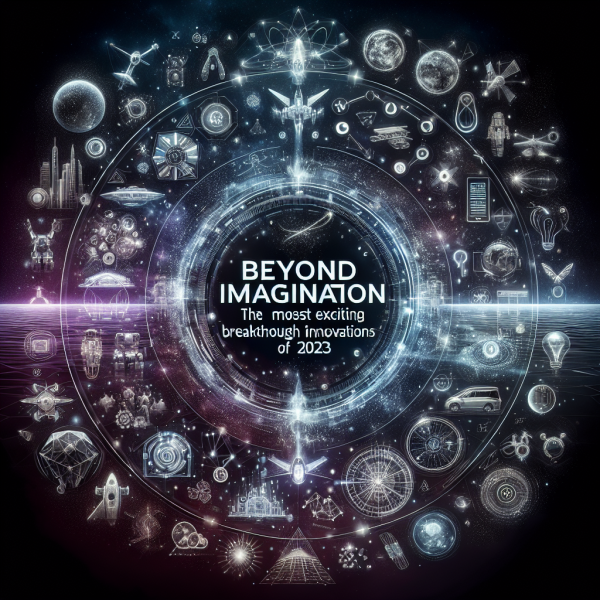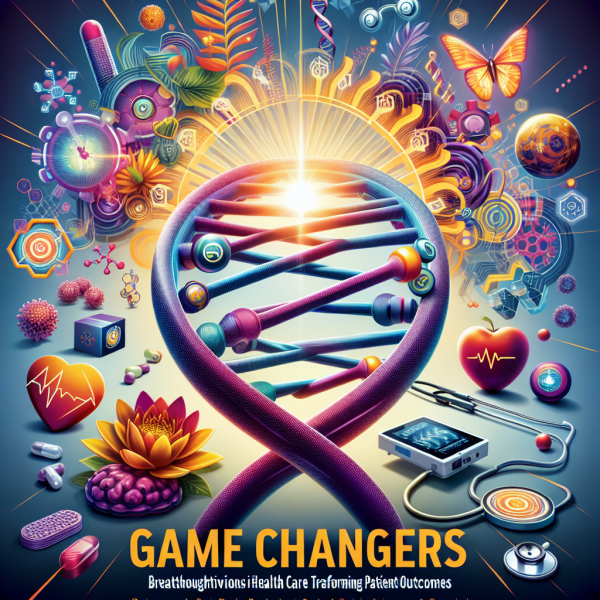Consumer Behavior in Tech: Insights into Buyer Preferences and Trends

The tech landscape is characterized by rapid evolution and groundbreaking innovations, making consumer behavior in this sector a fascinating topic. As new technologies emerge and markets diversify, understanding what drives buyer preferences becomes essential for businesses aiming to stay relevant and competitive. This article delves into the latest insights into consumer behavior in tech, highlighting key trends and preferences that are shaping the future of the industry.
The Tech Consumer Profile
To comprehend the forces influencing consumer behavior in tech, it’s essential to outline the typical tech consumer profile. Today’s tech consumers are generally:
-
Tech-Savvy: A significant portion of consumers, especially millennials and Gen Z, are highly proficient in technology. They have grown up surrounded by advanced devices and platforms, making them less inclined to accept inferior user experiences.
-
Value-Conscious: With a plethora of choices available, consumers have become more discerning when it comes to value for money. They often compare products based on features, price, and brand reputation before making a decision.
-
Socially Responsible: Sustainability and ethical considerations are increasingly influencing buying decisions. Consumers are more likely to support brands that prioritize environmental sustainability and ethical practices in their production processes.
- Connected: Social media plays a pivotal role in informing tech purchases. Consumers often rely on online reviews, influencer endorsements, and social media interactions to guide their decisions.
Key Trends Influencing Consumer Behavior
1. Personalization
Personalization is no longer just a trend; it’s an expectation. Consumers are increasingly looking for products and experiences that meet their specific needs and preferences. Brands that utilize data analytics to offer tailored recommendations, custom configurations, and personalized marketing are gaining a competitive edge. Companies leveraging artificial intelligence (AI) to enhance personalization are witnessing higher engagement rates and customer satisfaction.
2. Subscription Models
The subscription model has become a preferred method of consumption for many tech products and services, from software applications (SaaS) to streaming services and even hardware offerings. This shift allows consumers to pay for what they use while enjoying the flexibility of access without a significant upfront investment. Brands that provide subscription services often see improved customer retention and a direct path to recurring revenue.
3. Health and Wellness Tech
The demand for technology that enhances health and wellness has surged, particularly in the wake of the COVID-19 pandemic. Wearable devices such as fitness trackers and smartwatches have become mainstream, as consumers seek to monitor their well-being actively. This trend also encompasses mental health apps, telehealth services, and digital fitness platforms. Consumers are increasingly prioritizing their health, driving tech innovations in this area.
4. Sustainability in Tech Products
Sustainable practices have moved from a niche market to a significant consumer preference. Enterprises that prioritize eco-friendly materials, energy-efficient designs, and ethical manufacturing processes are resonating with environmentally conscious consumers. Brands like Apple and Logitech have made strides in reducing their carbon footprints, appealing to consumers who place a premium on sustainability.
5. Seamless User Experience
A seamless user experience has become a defining factor in consumer loyalty. Tech consumers expect products that are intuitive, easy to use, and integrate smoothly with existing ecosystems. Companies that prioritize user design and customer feedback can better meet consumer demands and achieve higher satisfaction levels. The proliferation of smart home devices serves as a testament to the desire for connectivity and easy interaction among various tech products.
6. Emerging Technologies
The rise of immersive technologies, such as virtual reality (VR), augmented reality (AR), and artificial intelligence (AI), is reshaping consumer interactions with tech products. Consumers are increasingly willing to invest in AR/VR experiences for gaming, training, and education. Additionally, AI-driven customer support and personalized shopping experiences are becoming more prevalent, influencing buyer behavior by creating a more engaging and efficient purchasing process.
Conclusion
As technology continues to advance at an unprecedented pace, understanding consumer behavior in tech is more important than ever. Companies must stay attuned to emerging trends, preferences, and expectations to effectively engage and retain their customer base. By prioritizing personalization, sustainability, health and wellness, seamless experiences, and leveraging new technologies, brands can cultivate loyalty and drive future growth in this dynamic market. In a world where technology shapes so much of our daily lives, the voice of the consumer is a powerful force that no business can afford to ignore.














